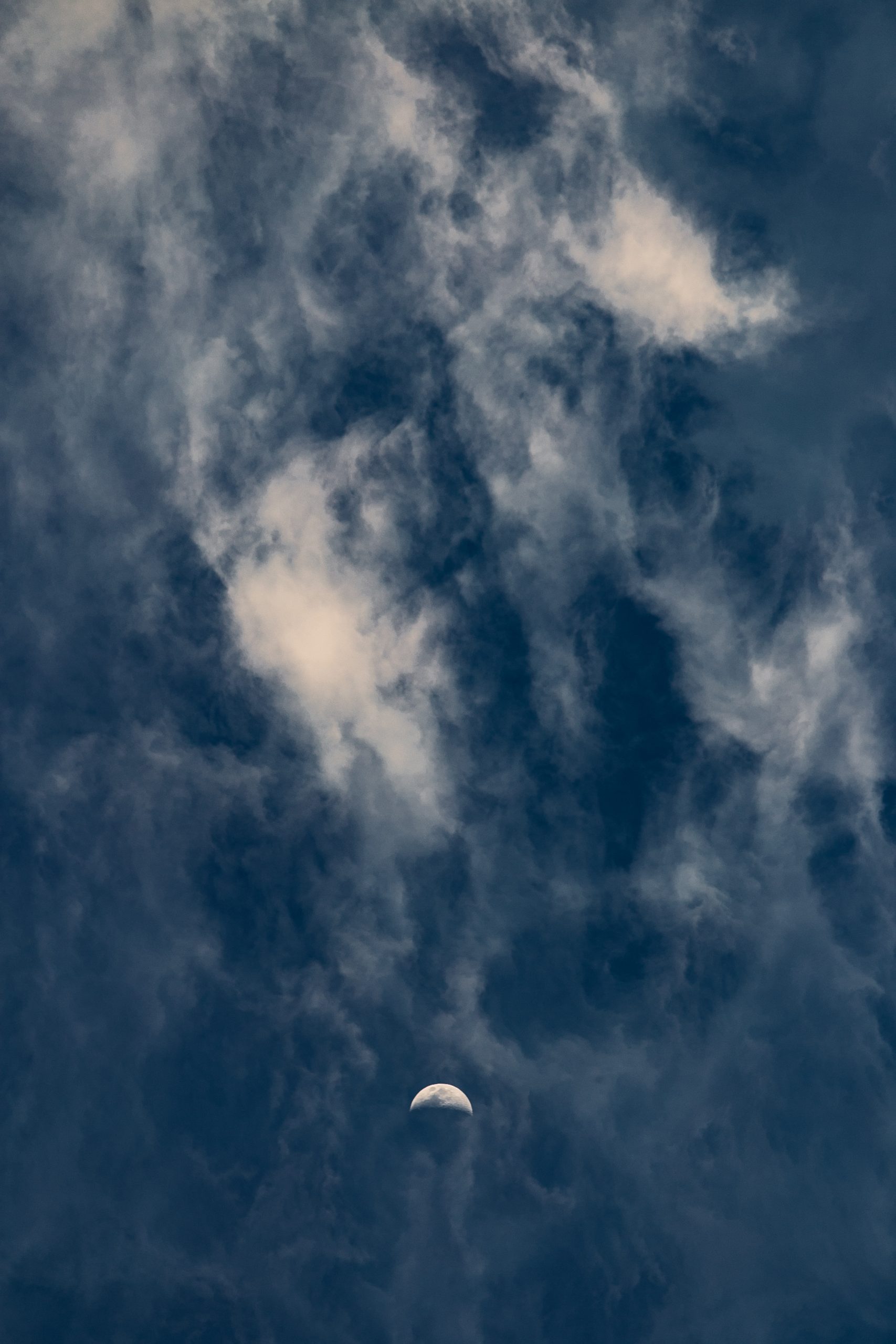What Does Wax and Wane Mean?
Have you ever come across the phrase “wax and wane” and wondered what it means? It’s an interesting expression that refers to the cyclic nature of various phenomena in life. The phrase itself stems from the old English words “weaxan” and “wanian,” which respectively mean “to grow” and “to lessen or diminish.” In this blog post, we’ll explore the meaning of wax and wane and how it is commonly used in different contexts.
The Lunar Connection
One of the most popular uses of the term “wax and wane” is in reference to the phases of the moon. The moon goes through a predictable cycle, transitioning from a new moon to a full moon and back again. During the waxing phase, the illuminated portion of the moon grows larger each night until it reaches the full moon stage. After that, the moon begins to wane, shrinking back to a crescent and eventually vanishing during the new moon phase.
This celestial cycle of waxing and waning has fascinated humans for centuries and has been attributed various symbolic meanings. The waxing moon is often associated with growth, abundance, and the manifestation of intentions, while the waning moon is connected to release, letting go, and introspection.
Other Uses of Wax and Wane
While the moon’s phases are the most common association with wax and wane, the expression extends beyond astronomy. It is frequently used in conversations, literature, and various fields. Let’s explore a few examples:
Nature
When used in the context of nature, wax and wane typically refer to the cyclical patterns observed in the natural world. For instance, the seasons can be described as waxing and waning. Spring and summer represent the waxing phase, where foliage flourishes, flowers bloom, and temperatures rise. As we move into autumn and winter, we experience the waning phase, marked by fading colors, falling leaves, and the arrival of cold weather.
Similarly, tides, which are influenced by the gravitational pull of the moon and the sun, undergo a waxing and waning cycle on a daily basis. When the tide is waxing, the water level rises, leading to high tide. During the waning phase, the water level decreases, resulting in low tide.
Emotions and Relationships
Wax and wane can also describe the fluctuation of emotions and the dynamics of relationships. Just as the moon goes through cycles, people’s emotional states can go through periods of growth and decline. For example, our enthusiasm for a hobby or a new relationship may wax and wane over time. Likewise, friendships and romantic relationships can experience periods of closeness and intimacy followed by periods of distance and detachment.
Health and Wellness
The concept of wax and wane is also applicable to health and wellness. Many chronic conditions have cycles of waxing symptoms and waning symptoms. Conditions like arthritis, migraines, and autoimmune disorders often have flare-ups where symptoms intensify (wax) and remission periods where symptoms subside (wane).
Additionally, sleep patterns can also undergo waxing and waning. Some nights we might have a restful sleep, while others may be disturbed, leading to a sense of sleep quality waxing and waning.
Metaphorical Applications
Aside from its literal applications, the wax and wane idiom can also be used metaphorically to describe broader concepts and situations. Here are a couple of examples:
Popularity and Fame
In the world of fame and popularity, individuals and trends often experience moments of waxing and waning. Celebrities can rise to fame and have their popularity wax for a period, only to see it wane as public interest shifts to someone else. Similarly, trends and fads can gain immense popularity and influence, only to eventually wane as new trends emerge.
Economic Cycles
The wax and wane mechanism can even apply to economic cycles. Economies experience periods of growth and expansion (wax) followed by periods of contraction and recession (wane). These cycles are often driven by factors such as production, consumption, investment, and market fluctuations.
Conclusion
The phrase “wax and wane” captures the ebb and flow, growth and decline, and cyclicality of various aspects of life. From the lunar cycle to emotional states, nature’s seasons, and economic patterns, wax and wane encompasses a wide range of contexts. Understanding this idiom allows us to better appreciate the cyclical nature of existence, finding solace in the knowledge that everything has its time to grow and diminish, evolve and recede.
Table of Contents
